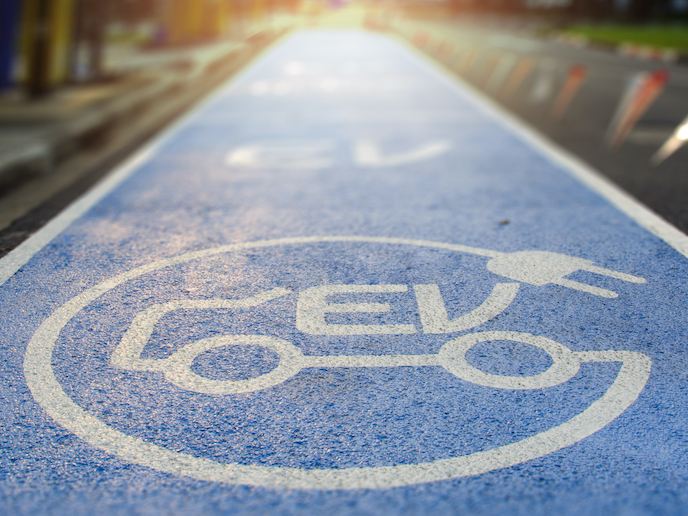The day traditional cars make way for hydrogen vehicles draws closer
Hydrogen fuelled vehicles are one potential solution to the ever-increasing levels of pollutants which, particularly in urban environments, are posing a real risk to health. According to the latest figures(opens in new window), more than 80 % of people living in urban areas that monitor air pollution are exposed to air quality levels that exceed the World Health Organization (WHO) limits. While all regions of the world are affected, populations in low-income cities are the most impacted. As urban air quality declines, the risk of stroke, heart disease, lung cancer, and chronic and acute respiratory diseases, including asthma, increases for the people who live in them. The continued commercialisation and deployment of Fuel Cell Electric Vehicles (FCEVs) is mutually dependent on the commercialisation of hydrogen refuelling stations (HRS). Increased uptake of FCEVs relies on further development of the HRS network. “But the financial viability of hydrogen stations (and to some extent, their capacity to improve performance) relies on the stations achieving a certain level of utilisation. Commercialisation of European hydrogen mobility will therefore depend on the increased availability of FCEVs for sale in European markets,” explains Mr Michael Dolman, Senior Principal Consultant at Element Energy, on behalf of the EU-supported HYFIVE project. HYFIVE was an ambitious European project that brought together 15 partners from the 5 global automotive companies who are leaders in the commercialisation of fuel cell electric vehicles (FCEVs): BMW, Daimler, Honda, Hyundai and Toyota). Together they deployed over 150 FCEVs. One of HYFIVE’s key objectives was to validate the environmental performance of FCEVs and the refuelling infrastructure, including different hydrogen fuel supply options. By analysing the well to wheels analyses(opens in new window) of the project’s technology, the team achieved an objective comparison with conventional diesel and gasoline vehicles. “Our findings also include an environmental benchmark against conventional vehicles,” says Dolman. Practical solutions to a growing problem Over 100 vehicles have been operating within the project’s southern cluster (a region comprising Bolzano, Innsbruck, Munich and Stuttgart) for the duration of the project, utilising the existing hydrogen infrastructure network. It is through HYFIVE that the additional hydrogen refuelling station in Innsbruck was installed, strengthening the connection between Germany and Austria. Additionally, two new stations in Aarhus and Korsør were installed in Denmark raising the country’s HRS number to 10, giving Denmark the status of having the world’s first national hydrogen station network. In 2017, this development inspired the Danish government to announce a DKK 10 million fund for FCEV and HRS growth. Lastly, London has seen three new refuelling stations and the UK government plans to phase out diesel and gasoline cars by 2040, recognising that hydrogen is a solution for decarbonising roads and reducing air pollution. But proving that the technology is commercially and practically viable on the ground is not enough. Policy needs to be favourable, so HYFIVE has also played a part in leading policy developments. In the UK, they helped to usher in the co-integration of conventional stations with hydrogen pumps. This included the fostering of a new relationship between ITM Power and Shell to expand and commercialise London’s HRS network. In Denmark, tax exemption will be extended for FCEVs to 2019 and in 2017, the maximum supply pressure limit for hydrogen was raised from 350 bar to 700 bar in Italy – the value needed for modern cars. “We are delighted to be able to say that a total of 154 hydrogen cars were placed with customers and monitored as part of the project, with a total mileage of over 2 million kilometres,” says Dolman. The most heavily used vehicle in the project was driven for 67 800 km over 35 months, which would work out to an average of 23 000 km a year. “Over the four years, there were no hydrogen or fuel-cell related safety incidents with the vehicles or infrastructure, demonstrating the high level of safety of the technology,” he adds. The HYFIVE project partners, five global automotive companies alongside refuelling station providers, a couple of energetic consultants and the Greater London Authority, worked closely together to ensure this success. This is notable, as these international organisations would normally be competitors. “We all worked together for five years, delivering the largest deployment and utilisation of FCEVs and refuelling stations in Europe to date,” says Dolman.







